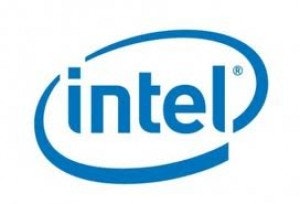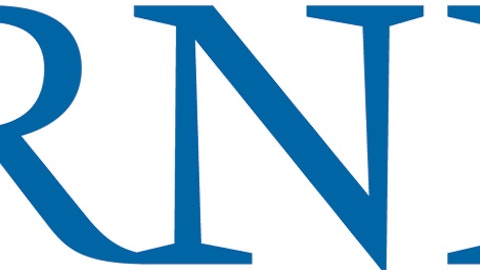There’s little doubt that heading into 2013 and beyond, two of the fastest major growing areas in the IT industry are cloud and mobile computing. The potential growth in these two key segments will go a long way in determining the success, or lack thereof, of companies supplying equipment and services in these areas.
According to a recent report by research firm IHS, the fastest-growing area within the mobile and cloud computing markets is, hands down, micro servers. The numbers might seem small compared to the volume of chips used in mobile devices or total smartphone sales, but that’s going to change — and change quickly. Explosive growth brings with it opportunity, and there are a couple of IT stocks poised to take advantage when the micro server market takes off.

Unlike big data centers, housing miles of cables with massive storage capabilities, micro servers meet a more specific need in the mobile and cloud computing marketplace. Using single or multiple low-power processors, micro servers share infrastructures with similar devices and can be “stacked” to provide more storage and improved efficiencies, all at less cost. Why haven’t we heard more about these little wonders? A mere 19,000 micro servers were shipped in 2011, hardly a blip on the IT radar. But that’s about to change, in a big way.
As per IHS, 88,000 micro server units were shipped in 2012; phenomenal growth from the paltry 19,000 the year before. This year? The micro server market will more than triple, with just shy of 300,000 units shipped, and that’s expected to grow to over 1 million by 2016. Clearly, there are revenue opportunities to be had for those ready to seize the opportunity.

Another possible arrow in Intel’s micro server quiver is its soon-to-be-released fourth-generation Haswell processor, coming to a tablet near you this year. After a slight hiccup, the faster, more efficient Haswell mobile chip should hit theshelves in June. Intel’s new processor could be an ideal complement to the micro server market, with its longer life and faster speeds. A dividend yield of more than 4% and a trailing P/E below 10 also qualify Intel as a solid income alternative with some interesting, but certainly not definite, potential growth plays.
At $1.84 billion in market cap, Intel rival Advanced Micro Devices, Inc. (NYSE:AMD) is often an afterthought in the world of chip makers. But it’s AMD’s size, particularly relative to Intel’s $104 billion market cap, that makes explosive growth in micro servers so intriguing. It will take fewer micro server-related sales to move the needle for the company, with its $5.4 billion in annual revenues, than Intel and its $53.5 billion.
Most of the micro server software is specific to the x86 architecture, which is right up AMD’s alley. Unlike ARM Holdings plc (ADR) (NASDAQ:ARMH), a smallish ($20 billion capitalization) chip maker with a strong mobile computing presence, AMD won’t have to ask customers to shift from existing micro server products to gain market share. Though ARM is slowly gaining fans in the OS and software industries, it’s waging a battle for micro server market share that AMD doesn’t face.
Even though the micro server market was, in essence, developed by and for Intel, AMD has a real opportunity in the coming two or three years. The prospects for AMD are big enough that the article I wrote just a few weeks ago, “Better Tech Value Play: Intel or AMD?” needs some qualification.
Intel’s efforts to shift from PCs to mobile and cloud computing will be recognized by investors at some point. There are simply too many upsides to ignore forever. When it happens, Intel will finally break out of what has been a meandering stock price. AMD, on the other hand, has been hit by multiple delivery problems and was slow in shifting its focus away from PCs.
But the potential presented by the micro server market changes things. Now, AMD is worth another look, particularly if you’re in search of an aggressive growth opportunity for your portfolio. Does AMD jump past Intel as the better investment alternative? I wouldn’t go that far; Intel’s further along than AMD in its transition to mobile and cloud computing, and its 4.3% dividend is a whopper. With that said, don’t reject AMD out of hand, not anymore. Micro servers could prove to be a real catalyst in its return to relevancy.
The article Two Ways to Profit From Explosive Growth in Micro Servers originally appeared on Fool.com and is written by Tim Brugger.
Fool contributor Tim Brugger has no position in any stocks mentioned. The Motley Fool recommends and owns shares of Intel.
Copyright © 1995 – 2013 The Motley Fool, LLC. All rights reserved. The Motley Fool has a disclosure policy.





